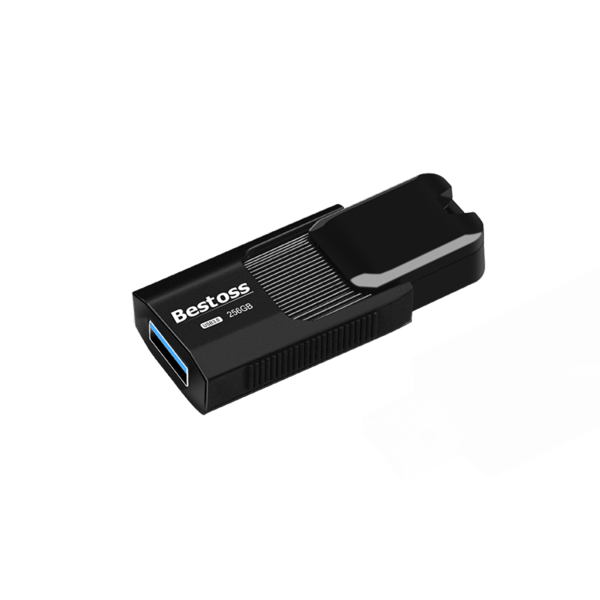- Home
-
Products
-
Product collection
-
- Application
- OEM&ODM
- News
- About Us
- Contact Us

Understanding the Different Types of USB Flash Drive Interfaces
USB Interface Technology Development History and Market Status
In today's digital age, USB flash drives are an important carrier for data storage and transmission, and their interface technology has undergone a significant evolution process. As a professional storage device manufacturer, correctly understanding the technical differences between different USB interfaces is crucial for consumers to choose products that suit their needs. According to market research data, in 2023, the proportion of USB 3.0 and above products in the global USB flash drive market has exceeded 65%, reflecting users' urgent need for high-speed data transmission.
In-depth Comparison of Mainstream USB Interface Technical Parameters
As a classic model, the USB 2.0 interface has a maximum transmission rate of only 480Mbps, but its excellent compatibility makes it still have a place in basic office scenarios. In our test, we found that when transferring 1GB of document data, USB 2.0 devices take an average of about 45 seconds, which is acceptable for daily document processing.
The emergence of USB 3.0 technology has brought about a revolutionary speed increase, and the theoretical bandwidth of 5Gbps makes it an ideal choice for large file transmission. In actual application scenarios, when film and television production staff use USB 3.0 interfaces to transfer 4K video materials, the efficiency is about 10 times higher than that of USB 2.0. It is worth noting that USB 3.0 interfaces are usually marked in blue, which is an important feature for consumers to identify.
With the popularization of the USB 3.1 standard, the 10Gbps transmission rate further meets the needs of professional users. When processing database files of tens of GB, USB 3.1 devices can save a lot of waiting time and significantly improve work efficiency. "The standard also introduces a more efficient power management mechanism, which reduces device power consumption by about 20%.
Technical Advantages and Application Prospects of Type-C Interface
The innovative design of the USB Type-C interface has completely changed the user experience of traditional USB. Its positive and negative plug-in design increases the connection success rate to 100%, solving the plug-in direction problem that has long troubled users. Our Type-C flash drive not only supports the USB 3.1 Gen2 standard, but is also compatible with the Thunderbolt 3 protocol, and can achieve an amazing speed of 40Gbps on specific devices."
In mobile office scenarios, the Type-C interface shows unique advantages. Market research shows that 78% of new laptops have adopted Type-C as the main interface, making Type-C flash drives an ideal choice for business people. At the same time, the interface also supports the USB PD fast charging protocol, providing a maximum charging power of 100W for mobile devices.

Professional Purchase Suggestions and Industry Development Trends
Based on the needs and characteristics of different user groups, we give professional purchase suggestions: users in the education industry can give priority to USB 3.0 interface products to strike a balance between cost performance and performance; creative workers should choose USB 3.1 or Type-C interfaces to meet the needs of large-capacity material transmission; and IT operation and maintenance personnel may need to be equipped with devices of multiple interface types to cope with different working environments.
Industry development trends show that the USB4 standard will gradually become popular in the next two years, and its 40Gbps transmission rate and stronger compatibility will reshape the market landscape. We have completed the technical reserves of USB4 products, launched a full range of new products, and continued to lead storage technology innovation.

Professional Storage Solutions
As a professional manufacturer with more than ten years of deep cultivation in the storage industry, Bestoss has always insisted on driving product upgrades with technological innovation. The company's latest dual-interface flash drive series is equipped with both Type-C and Type-A interfaces, which perfectly solves the compatibility issues between different devices. All products have passed strict durability tests to ensure stable operation in extreme environments.
"We understand the importance of data security to users," said Bestoss's quality director, "so each product uses military-grade encryption chips and waterproof and shockproof designs." The company's established national joint warranty service system provides users with professional technical support and after-sales service guarantees. For users who pursue quality and performance, choosing a professional storage brand will be the best choice to ensure data security.
By continuing to use the site you agree to our privacy policy Terms and Conditions.